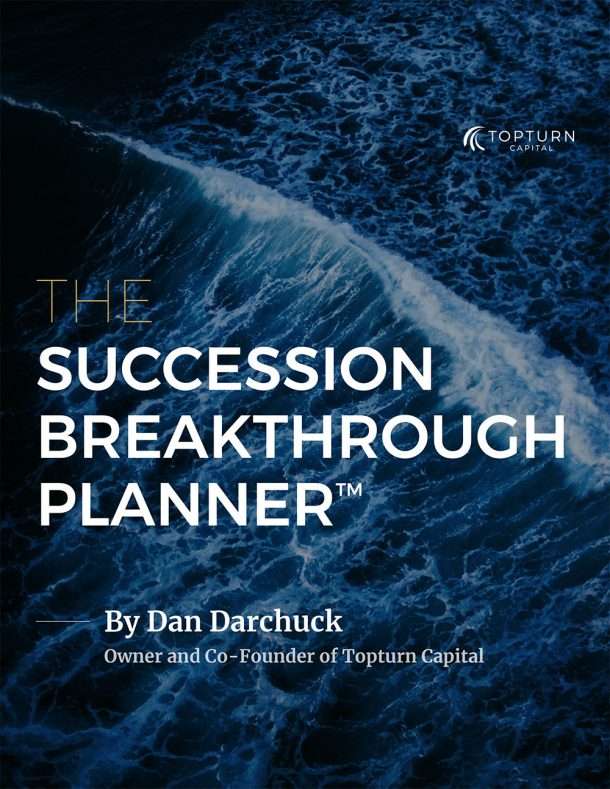Back in the mid-2000s, a friend of mine was a trader at a small hedge fund firm. This firm had completed a great deal of analysis at the time, and identified the sub-prime lending issues that eventually came to a head in 2008, years in advance. Much like Michael Burry, who is played by Christian Bale in The Big Short, they knew that these issues would cause incredible disruption to the markets, and they carefully positioned quite a bit of money to take advantage of the impending fall.
But no one wrote a book or produced a movie based on their excellent analysis and subsequent profits. Why?
It turned out that they took these positions about 3 years too early. The real estate market continued to ramp upwards, prices remained on fire… and their investors pulled the funds a year before the market collapsed.
This small hedge fund was right, but they were right early, and they never got to experience the fruits of their research. The firm closed. Their investors missed a great opportunity, and in all likelihood, suffered alongside everyone else in October 2008.
An analyst can be exactly spot-on with their hypothesis, come up with a great idea, implement it, and can still lose – because investors may not have the patience to see it through to the end.
You may be right, but if your timing is off, you won’t get the opportunity to benefit from it.
Patience is, indeed, a virtue
Howard Marks, the founder of Oaktree Capital and Chair of the Investment Board at the University of Pennsylvania for the first decade of the century, was wildly celebrated for outperforming during both of the major market crises of that decade – the DotCom Bubble and the Subprime Lending Crisis.
In a 2012 memo Assessing Performance Records: A Case Study, Marks recounts his experience, and proposed that, when drawing any conclusions about the efficacy of an investment strategy, you must have a record spanning “a significant number of years,” and a period that “includes both good years and bad, enabling us to assess performance under a variety of circumstances”.
During his tenure, Marks experienced exactly that. When he took over the board near the end of the tech boom, the endowment fund was underperforming peers by as much as 7%, thanks to their avoidance of tech stocks and venture capital. Marks remained conservative throughout, despite the allure of the large gains being enjoyed by his Ivy League peers, and after a decade of management, his stewardship was deemed a success.
But what if the board had lost their trust in his strategy after 4, 6, or 8 years? It would not have been sufficient time to allow the strategy to run its course, and the fund would have likely underperformed.
Past Performance is Not Indicative of Future Results
You’ve heard it before. Despite the fact that we are told again and again that past performance really doesn’t tell you what future performance will be, people continue to make investment decisions based on exactly that. Investors often turn to Morningstar in order to determine which fund should hold their money. Morningstar ranks funds on a 1 to 5 star rating, which is based upon risk-adjusted performance, relative to their peers.
Since so many investors are using these ratings to look backwards, why not peer a little further and look at the funds that held 5 stars ten years ago, and determine where they are today?
The Wall Street Journal did exactly that in 2014, and what they found would surprise many investors. Many of the funds who held 5 stars 10 years ago had dropped significantly in the rankings. This is exactly the kind of data that encourages investors to throw their hands in the air and escape to the potential “safety” of a passive index funds.
If you dig a little deeper into the data, however, you will find that many of the top-rated funds that have been producing consistent returns over that same period of time have both low volatility and reduced exposure to risk. Of the funds that managed to keep their 5 star rating for 10 years, a significant number were those with a balanced mandate.
The key here is that investors should not necessarily be seeking the juiciest possible returns, as these tend to be highly correlated with volatility. High volatility is not a great indicator of long-term positive results, though it can look pretty amazing in the short term. If your intention is to invest for the long term, a fund that values low volatility and reduced risk will win out.
Looking Forward
A recent study on the Dow Jones indices indicated that an investor randomly browsing the 700 or more top performing funds would have less than a 1% chance of picking one of the funds that were still in the top quartile just four years later. This could lead an investor to rationally decide that, if they can’t find the right fund, they may as well just invest in the index.
But how should you really look at this? Is there a way to look forward, instead of backwards? How do you plan for the next decade?
As indicated by those Morningstar funds that held their rating, a lot of successful investing is about protection – it’s how you can really make up performance. If you can mitigate risk on the downside, in a systematic way, you can end up completely crushing indexes.
At the same time, we need to allow our strategies time to play out, and avoid the temptation of investing long-term funds into strategies that have short-term benefits – which is not to say we shouldn’t take advantage of short-term gains. It should just be done within the greater context of a patient, long term strategy.
Sometimes we become so focused on what’s happening this month, this quarter, this year, that we lose focus on our eventual goal, which is to be in the right place for the next 5 or 10 years.
Like those top-ranked Morningstar funds who held their position for 10 years or more, and like Howard Marks, who held a conservative allocation for a decade, we can avoid the errors of that now-defunct hedge fund’s investors, who pulled out too soon, and chased performance.
At Topturn, we’re remaining steady, taking short term gains within a long-term, patient strategy. Like you, we’re in it for the long run.
– Greg Stewart, CIO



